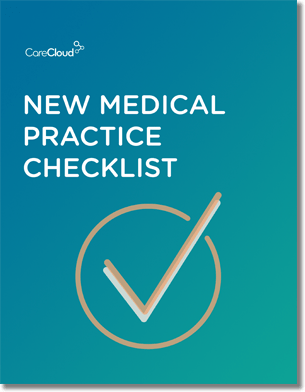The Supreme Court ruled in favor of the Affordable Care Act’s individual mandate, justifying its constitutionality as a tax or penalty. The move boils down a complex legal concept to a simple causal directive – you pay if you’re not enrolled in health insurance.
Ironically, patients aren’t clear on the repercussions of the unhealthy behavior that often leads to the medical visits covered by way of that tax, and compliance-based care isn’t enough to get them to willingly engage in a healthy lifestyle. Thus, avoidable medical conditions aren’t always managed properly.
Perhaps this is where big data and the ACA meet. Educating a patient population of 100 million patients on government-backed health insurance programs about healthcare management is a national challenge highlighted by the SCOTUS ruling last week.
Big data does wonders for tracking patient-level data. Not to mention, ePatients and other “patients of the future” are becoming increasingly interested in becoming more informed and digitally quantifying themselves, taking the initiative on their own medical care.
Real-time vital monitoring of patients isn’t entirely uncommon anymore. The more popular this kind of data acquisition becomes, the more we interpret health care information through a big data lens.
Collecting and analyzing such a high level of data is undoubtedly tough, but we’re seeing a few solutions rear their heads sporadically. The Centers for Disease Control and Prevention recently used big data in conjunction with EHRs to zero in on disease outbreak prevention by integrating health data to provide insight on the health of communities across the country, allowing local, state, and federal public health partners to respond quickly to outbreaks.
This leaves the question of who is fit to collect and interpret this kind of information. Employing more data scientists in the healthcare field is among the major challenges surrounding big data projects, so they can provide the level of analytical support necessary to identify important correlations within an otherwise indiscernible mass of data.
And then, of course, there is the issue of data ownership and privacy. Data and analytics vendors can provide different solutions to drive data back to healthcare, but as patient-level performance data becomes more open and transparent there are bound to be irksome and even alarming discoveries.
In many ways, government health agencies have largely become the initial adopters of big data solutions. The Food and Drug Administration (FDA) launched two big data projects: Janus, which collects pre-market assessment data from drugs and medical devices, and Sentinel, which focuses on post-market assessment.
So, given that last week’s ACA ruling provides 30 million Americans with access to healthcare, Forbes contributing writer Jim Golden isn’t wrong in declaring the decision is about “big data” and “big supporting analytics” – mainly because it is.

Do you know what you need when setting up a new medical practice?



